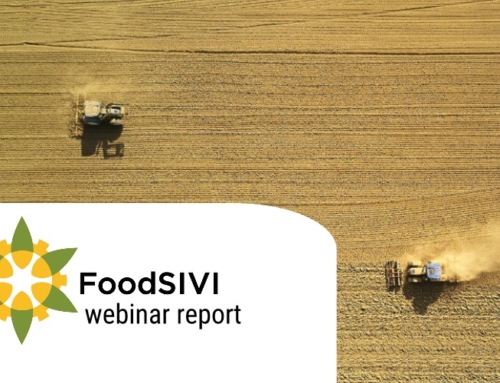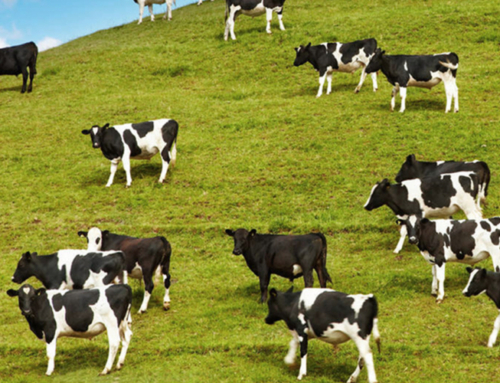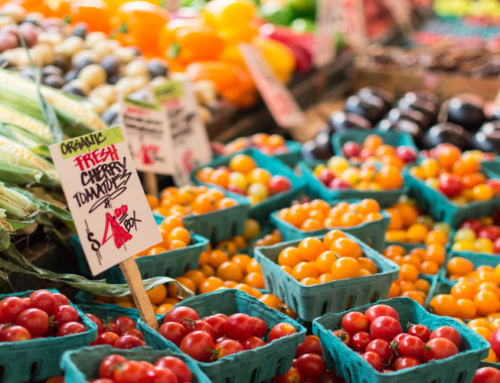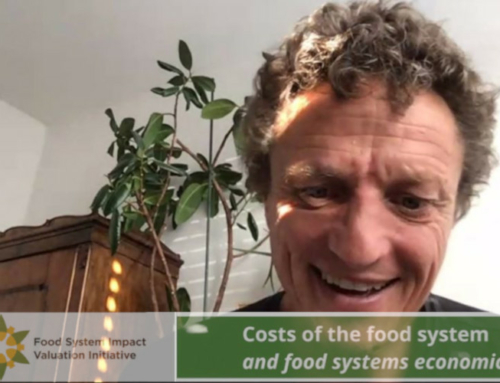New indices from FoodSIVI for reporting inequity in the food system
Inequity is one of the primary economic and societal risks posed by the global food system. Despite this, measures of inequity are missing from prominent corporate tools that aim to account for the impact of the economic activities associated with food production, manufacturing and retail.
To guide public and private investment in a just transition to sustainable and health-producing food systems by 2050, agri-food companies should report who in their value chains bears the unaccounted costs of economic activity. These include the external costs of climate change, the external costs of nitrogen pollution, and who, including shareholders, receives free benefits from that cost bearing.
New indices for measuring inequity in value chains
A perspective from the FoodSIVI project, published in the journal Nature Food, introduces a set of quantitative indices that measure asymmetry between the bearers of ‘hidden’ natural, social, and human capital costs and the receivers of free benefits according to socio-economic, gender, or racial divides.
How to calculate the indices is demonstrated by the ‘hidden’ costs and benefits for value chains of cocoa products, where the bearing of costs and receiving of benefits is disaggregated by the UNDP human development index (HDI) and the gender inequality index (GII).
Reporting and benchmarking performance on equity
Benchmarks based on sustainable development and a just transition to sustainable and health-producing food systems can be derived from the indices. Complex value chains, and investments and activities of companies in them, can be measured and compared using the indices, and progress toward equity can be tracked.
Measuring and reporting inequity would reduce the risk of misallocating the estimated US$350 billion per year in new public and private annual investment required for the transformation of the global food system.







